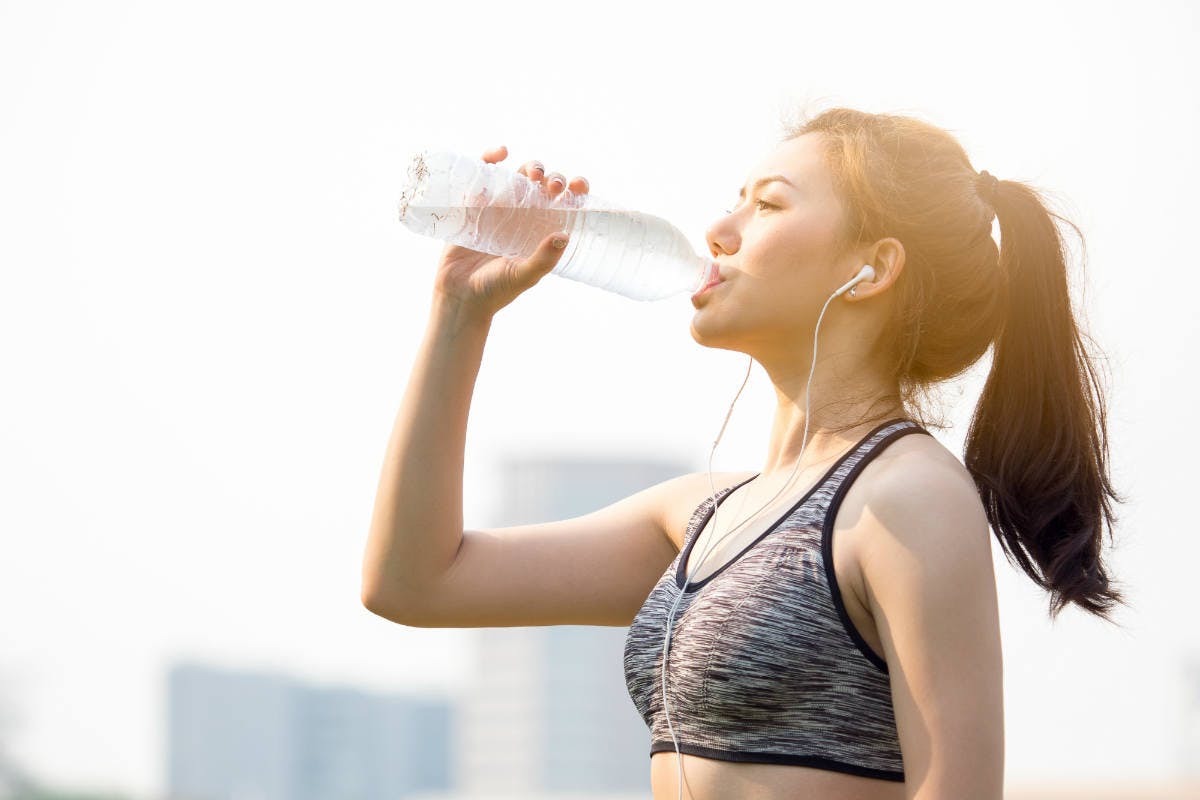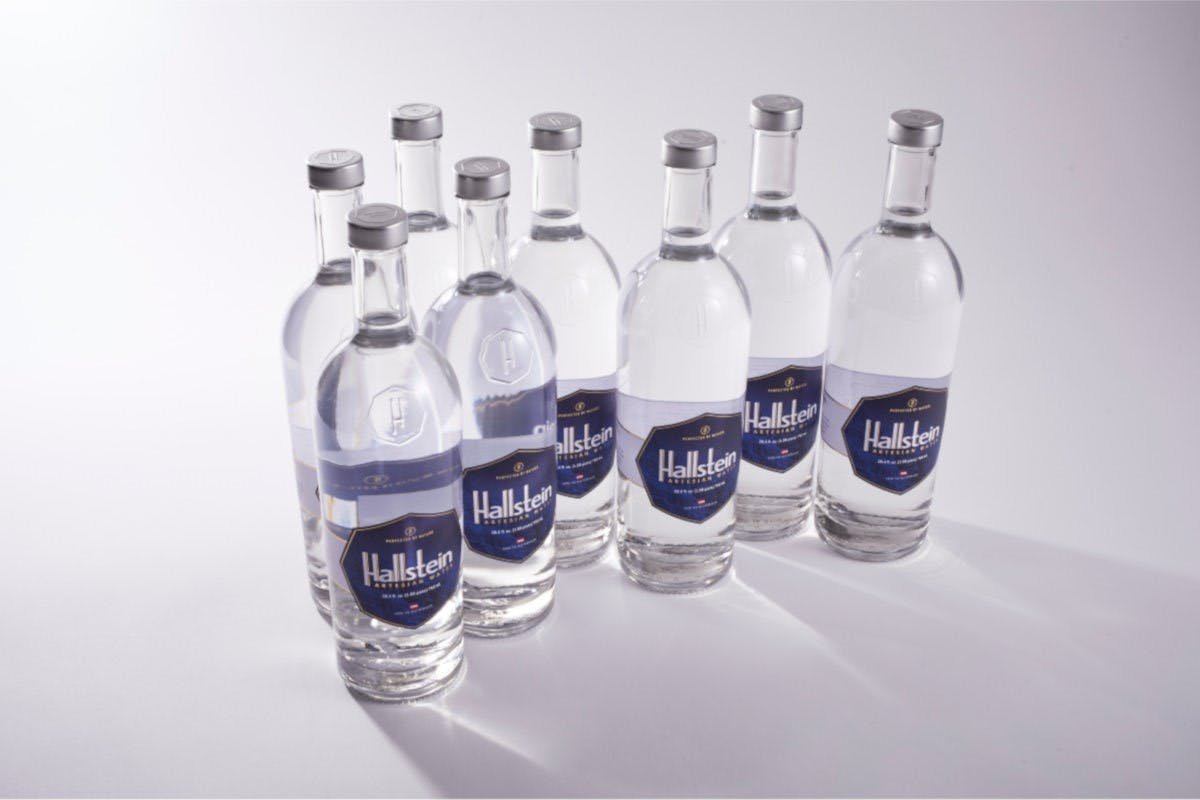Water is Wellness: health in formula H2O
This article was originally published by TechnoGym, and republished here with permission.

What is water? Water is the most abundant substance on our planet, in our body, and in our food: it makes up between 70 and 90% of organic matter. If you have the opportunity to speak to a nutritionist, they will confirm that the three main diseases that affect humans (heart disease, cancer and stroke) are caused mainly by poor nutrition. Of course, genetic factors predispose one to developing such diseases, but their degenerative process can be accelerated or reversed, mainly by our food choices. Obesity, hypertension, and type-II diabetes, too, which are at almost epidemic levels today, are determined mainly by individual nutrition. A chemist, on the other hand, would confirm that the make-up of food is quite simple: it mainly consists of just four types of atoms - carbon, nitrogen, oxygen and hydrogen - with some trace minerals. The majority is water. And this closes the circle of the fundamental function it carries out.
Water and sport
The recommended daily intake is 2 litres (equivalent to 8 glasses), and better if spaced apart from meals, which is also useful advice for appetite regulation. But it’s even better to drink if you’re not feeling thirsty because, by the time you do feel thirsty, this is already a symptom of dehydration. And what about those who do sport? On average, during physical activity, you can lose around 500 ml of liquid every hour and, in some cases, up to 2 litres/hour. It is therefore important to start physical activity already well hydrated, in order to maintain the water balance, i.e. the relationship between the intake and loss of fluid.

In more detail, the rate of loss depends on parameters such as the intensity of the activity performed, whether sport is played indoors (for example basketball or volleyball), its duration, the weather conditions(especially if hot and humid), the athlete’s constitution (gender, age, weight, general physical condition), and their gear(including the perspiration capacity). All these elements together contribute to increasing the body temperature, which is then regulated by thermoregulation mechanisms (perspiration and evaporation).
A lack of water is not well-tolerated by the body, resulting in an impairment of sporting performance: a loss of 2% of the total volume of water in the body will alter the thermoregulation and negatively influence the efficiency and the physical capacity of the subject, while a loss of 5% results in a risk of cramps and can cause a reduction in sporting performance of approx. 30%. If the water loss rises above 5%, the homoeostasis of the body is compromised, and this may seriously compromise human health, due to the risk of hypothermia or heat stroke.
Drink before, during and after physical activity
For sportspeople, it is helpful to know that drinking the correct amount and type of water also increases muscle tone. The equation is: more energy, less cramp and fatigue. There are other rules to be noted: first of all, remember to drink water at ambient temperature, and never cold, in order to avoid possible thermal shock.

Another warning relates to winter sports because, even skiing at low temperatures you lose a lot of water, which is clearly visible in the form of water vapour leaving the mouth. In water sports, too, water consumption must be kept under control, because contact with water stimulates loss of urine.
You should therefore drink up to 30-45 minutes before physical exertion, but no later, in order not to stimulate passing of urine while doing sport. Fluid intake during the activity is just as important, especially if this is over an extended period of time. Usually the recommended re-intake is 1/4 litre every 15 minutes, not accounting for the temperature and humidity of the location, and of the type of effort exerted. In contrast, at the end of the activity it is advisable to take small sips every 15 minutes in order to regain the balance in the body.
Unfortunately, in modern life, we consume large amounts of drinks like cola which are extremely acidic. These drinks contain high levels of phosphoric acid, which is a strong acid capable of poisoning a person if it is not neutralised quickly. Cola (regular or diet) has an extremely low (i.e. acidic) pH of around 2.5. Since the pH scale is logarithmic (a reduction of 1 in pH means the acidity is multiplied by 10), a pH of 2.5 would mean serving 3200 glasses of alkaline water with a pH of 8, or 32 glasses with a pH of 10 in order to neutralise the acid contained in just one glass of cola! (1). Fortunately, our bodies, which are vehicles of inexhaustible resources, compensate for this imbalance, but it is extremely inadvisable to consume these drinks.

Frequent consumption of non-alcoholic drinks containing phosphoric acid (i.e. cola) is a risk factor for various diseases, including calcium loss in bones. The answer may be to consume alkalising mineral water which helps to maintain bone health and improve digestive function. In fact, it has been shown that there are possible benefits of alkaline drinking water with a pH of 8.8, and as an adjuvant for treating reflux disease (2). A complete review, comparing an alkalising diet with an acidic diet, concluded that an alkalising diet improves bone density and nitrogen balance, among other things, while low-level acidosis originating from an acidic diet contributes to bone loss, osteoporosis and muscle loss (3).
Water is sustainable
Some have called into question the sustainability and purity of alkaline water. Hallstein, considered the best water in the world, is strongly alkaline (pH 8.3) combined with virtually no sodium (0.15mg/l), which is extremely rare to find in nature. Having literally scoured the world for six years looking for a particular geological structure where nature could produce “perfect” water, it was discovered in Austria in 2005, thanks to the work of a team of scientists and water specialists who developed a list of parameters for classifying high-quality water. These parameters, together, are difficult to achieve in commercially available water.

To protect the longevity of our resources, we are focussing on sustainability. Our main objective is for the existing groundwater (which goes down to a depth of 214 m) to be completely sustainable over time - in Hallstein.We are also exploring the option of smaller, slimmer recycled glass bottles. In the long term, we want to do whatever it takes, economically and practically, to be as sustainable as possible.
Advice from nutritionists is to use alkaline water for preparing food and drinks, because it can contribute to a powerful detoxification treatment. The recommended amount is between 8 and 10 glasses a day. Therefore, in conclusion, the formula for health is H2O. And if it’s alkaline without sodium and naturally high dissolved oxygen, so much the better.
Sources
- (1) Kurzweil, Ray; Terry Grossman (2004-10-27)
- (2) Jamie A. Koufman, MD; Nikki Johnston, PhD
- (3) The American Journal of Clinical Nutrition